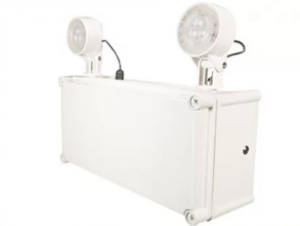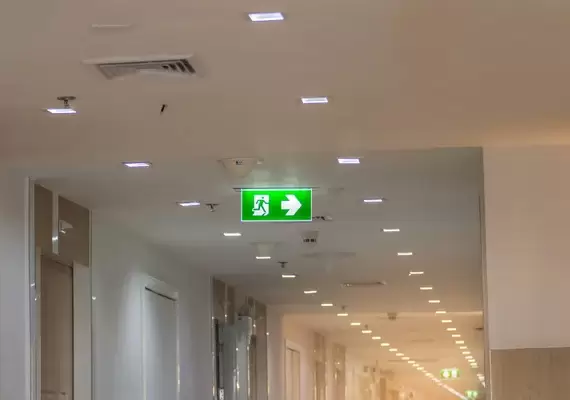

Emergency lighting is important to assist occupants to exit the building in an emergency
situation, this occurs by backup batteries in the lights providing a level of illumination in the
egress path that allows the occupants of the building to safely exit in the event of a mains power
failure.
Emergency Exit lighting is another aspect of safety, these light fittings also include backup
batteries, which provide a level of illumination at the final exit point of an area, floor or building to
allow the occupants to be decisive in the most suitable and safest points of escape from a
building.
The Building Code of Australia and AS2293.1 are the foundation of what Exit and Emergency
lighting is required in a building and the locations in that it should be installed.
Generally, the following locations as




This allows for safe access and exit from the area if there is a loss of power and there is not
enough natural lighting.
AS 2293.1 allows for an internally illuminated exit sign to perform roles of illuminated emergency
exit signage and emergency escape luminaire if it meets the requirements of both purposes as
set out in the applicable Australian Standards and allowances of the Building Code of Australia
(BCA).
The inspection and maintenance procedures of Exit and/or Emergency lighting are detailed in
AS/NZS 2293 Part 2, and the process involves:

Inspections and testing are required on a 6 Monthly &; Annual basis, a 90-minute light discharge
must be carried out on dedicated Exit and Emergency Lighting, this testing is called Routine Maintenance and is required as per AS 2293.2 and state specific legislation.
Emergency lighting should operate for a minimum of 90 minutes when discharged, and extended to 120 minutes when batteries are replaced.
A manually tested systems are Emergency and/or Exit lights wired to a test timer/switch. This is
the most cost-effective method of conducting inspections and provides the most accurate
results.
Although self-testing Exit and/or Emergency lights that include an in-built timer that puts them
into duration test mode every 6 months are sold as the best cost saving product, this is
generally not the situation, this is due to the fittings still requiring a clean and visual inspection
by a technician. Centrally monitored systems are also sold as a cost saving exercise. However,
based on experience, we find these systems to be unreliable and very costly to purchase initially
and for any ongoing repairs.